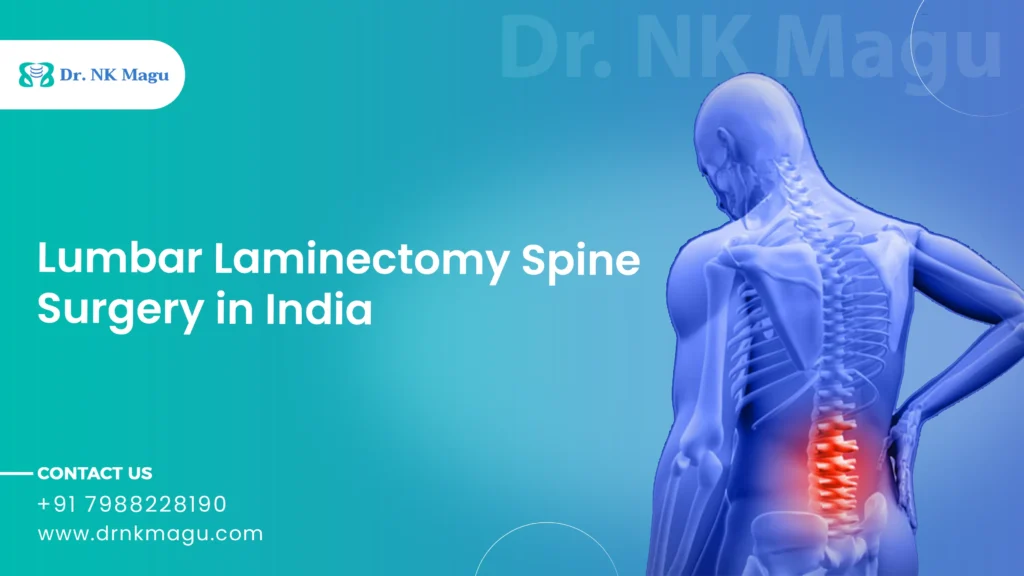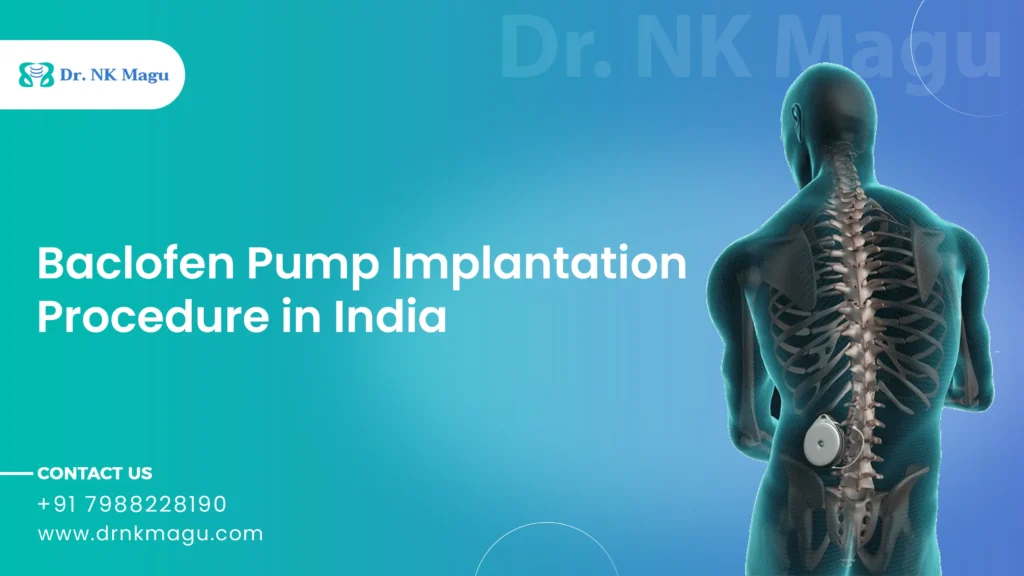Scoliosis is a lateral curvature of the spine that is most commonly diagnosed in teens. Although an individual with disorders like cerebral palsy and muscular dystrophy can develop scoliosis, the majority of scoliosis in children has an unknown origin.
Although most cases of scoliosis are mild, some curvature worsens in older children. Entire scoliosis can be incapacitating. A particularly severe curvature of the spine may result in less space in the chest, which could compromise the healthy functioning of the lungs.
What is Scoliosis?
“Scoliosis” is the term for an aberrant lateral curvature of the spine. Early adolescence or childhood is the most typical time for a diagnosis. In the so-called “sagittal” plane, the cervical, thoracic, and lumbar regions of the spine have normal curvature. These natural curves support the head above the pelvis and act as shock absorbers to disperse mechanical stress. One popular definition of scoliosis is the spinal curvature in the “coronal” frontal plane. The degree of curvature is measured in the coronal plane, however, scoliosis is a more intricate, three-dimensional problem that includes the following planes:
- Sagittal plane
- Axial plane
- Coronal plane
Types of Scoliosis
A scoliosis curve, also known as dextroscoliosis, is characterized by the spine bending horizontally to the right and typically resembles a reverse C shape. Levoscoliosis is the term for the sideways spinal curvature on the left side of the back, which resembles a typical C shape. These are the four most typical scoliosis curve types:
- Right thoracic curvature: The right side of the upper back, or thoracic region, is where this curve bends if a straight line were drawn down the middle of the back.
- Right thoracolumbar curvature: Starting in the thoracic (upper back) and terminating in the lumbar (lower back), this curve bends to the right.
- Right lumbar curvature: The lower back is where this curve begins and ends as it bends to the right.
- dual major curve: A double curve usually has the left lumbar curve at the bottom and the right thoracic curve at the top. Because the two curves in a double major curve more evenly balance each other out, the deformity may not be as noticeable at first.
What Is the Objective of Surgery for Scoliosis?
Surgery may be an option if the patient’s scoliosis progresses and bracing becomes impractical or ineffective. In India, the following goals are frequently achieved with scoliosis surgery:
- Halt the progression of the curve: Surgery is usually required for scoliosis because the deformity is becoming worse. Therefore, the goal of scoliosis surgery should be to at least prevent the curvature from worsening.
- Maintain the balance of the trunk: When making any changes to the placement of the spine, the surgeon will try to maintain as much of the natural curvature of the spine at the front and back (lordosis/kyphosis) and as equal a hip as possible.
- Minimize the abnormalities: Depending on how much spinal flexibility is left, scoliosis surgery can often de-rotate the abnormal spinal twisting in addition to straightening the lateral curve by approximately 50% to 70%. By making these changes, the person might be able to stand up straighter and with less of a back rib hump.
Scoliosis Surgery Cost in India
Scoliosis surgery cost in India between Rs. 5 Lakh to Rs. 13.3 Lakh ($6000 to $16000). The rates may differ based on the individual’s needs and the patients condition. Additionally, the cost of the procedure may differ based on the hospitals and facilities used. One of the main reasons why many foreigners travel for Scoliosis Surgery in India is the low cost of the procedure. Furthermore, because the procedure has a 99% success rate.
| Starting Cost | Rs. 5 Lakh ($6000) |
| Average Cost | Rs. 6.6 Lakh ($8000) |
| Maximum Cost | Rs. 13.3 Lakh ($16000) |
Starting Average Prices in Different Cities:
| Cities | Starting Price |
| Delhi | Rs. 5,00,000 (6000 USD) |
| Gurgaon | Rs 4,50,000 (5410 USD) |
| Noida | Rs. 4,25,000 (5110 USD) |
| Mumbai | Rs. 5,00,000 (6000 USD) |
| Hyderabad | Rs 4,50,000 (5410 USD) |
| Chennai | Rs. 5,00,000 (6000 USD) |
| Kolkata | Rs. 4,25,000 (5110 USD) |
| Bangalore | Rs. 5,00,000 (6000 USD) |
How is Scoliosis Treated?
Because of the patient’s look, scoliosis is a simple diagnosis to make, and it is frequently tested upon birth. Additionally, there are numerous alternative methods for diagnosing scoliosis. To verify the condition, a physical examination or x-ray is performed. In certain instances, a CT scan, an MRI, or the final radiographs will be useful in making the diagnosis. With the aid of the Cobb Method, the curve can be measured. Treatment is required as soon as the patient is diagnosed with scoliosis.
The patient might receive treatment for scoliosis in a number of methods. When a patient receives a scoliosis diagnosis before turning ten, the physician will frequently advise surgery in the early stages. Surgery is the best and most advised course of action for treating the early start of the lateral curvature of the spine because spinal fusion cannot be used on very young patients.
- Braces: Wearing braces is an alternative treatment option for scoliosis. Braces are used as a kind of treatment for small children who are diagnosed with this condition. The reason for this is that the children’s bones have not fully grown, therefore using a brace would help to undo the curvature and stop it from getting worse.
- Physical therapy is another therapeutic option for lesser cases of scoliosis. It also helps with posture maintenance. Patients with a scoliosis deformity who receive physical treatment also have a lower likelihood of requiring surgery. A scoliosis sufferer is prescribed a number of posture-correcting activities. The patient may occasionally be advised to wear braces in addition to physical treatment to improve their posture.
- Surgery: Scoliosis can become complex in some circumstances, making braces or physical therapy ineffective for treating it. Surgery is used to treat patients when such a severe problem develops. Spinal fusion is one of the most well-known procedures for treating scoliosis. This kind of surgery involves the fusion of several vertebrates to strengthen the spine and improve posture. To hold the vertebrae together in the correct position, a bone-like substance is inserted between them and fastened with hooks or screws. Spinal fusion surgery carries a high risk of consequences, which might include nerve injury, bleeding infection, and many more.
Why Choose Dr. N. K. Magu?
Dr. N. K. Magu is a world-renowned orthopedic surgeon from India whose outstanding expertise and dedication to the field have gained him international fame. Over the course of several decades, Dr. N. K. Magu has proven to be an exceptional specialist in a number of orthopedic fields, especially when it comes to hip preservation, reconstruction, proximal femoral osteotomies, and other related areas. His reputation as one of the best orthopedic surgeons in the world has been cemented by his unparalleled commitment to enhancing the quality of life for his many patients.












